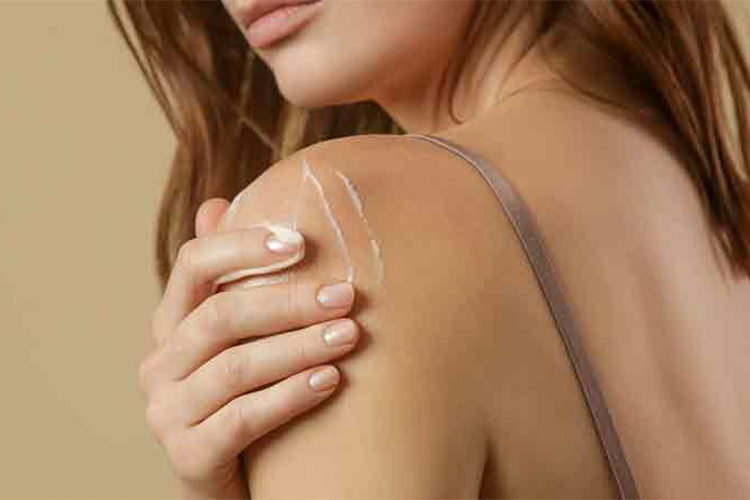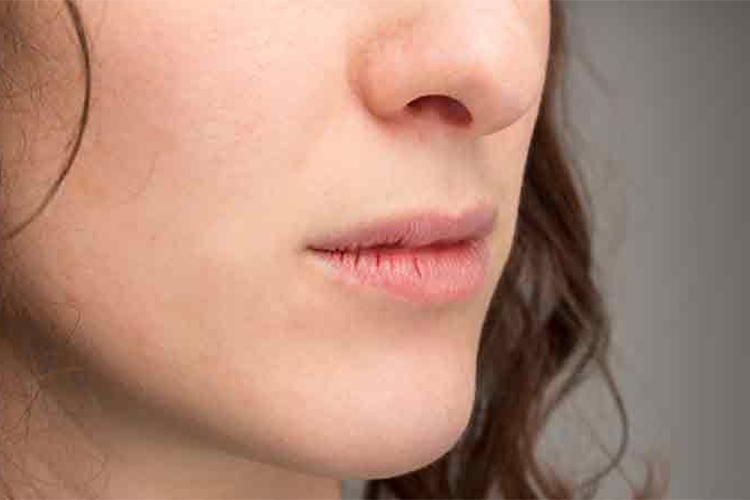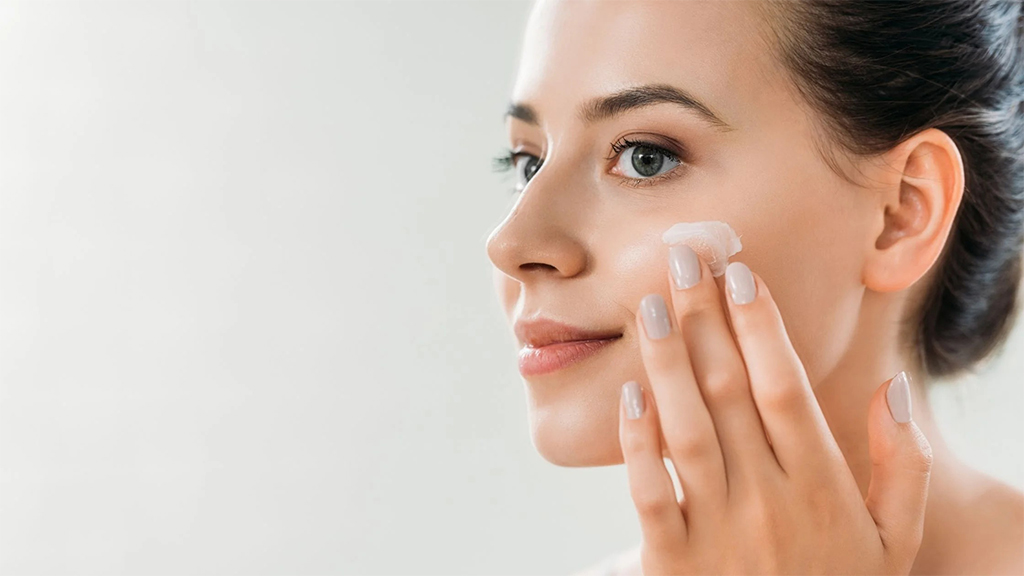If you struggle with dry and flaky skin, especially during the colder months, lanolin can be your skin’s best friend! There are several benefits to using lanolin for the skin. This waxy substance has excellent emollient properties and locks in moisture to keep skin hydrated and soft. However, it can also cause allergic reactions (1).
Lanolin protects the skin particularly well against cold temperatures. However, if you are allergic to wool, you should avoid lanolin. Read on to understand how lanolin can benefit your skin, why it gets a bad rap, how to use it, and side effects.
What is lanolin?
Lanolin is sheep’s algae and its main function is to condition sheep’s wool. It is extracted through the centrifugation technique that separates the lanolin from debris and other chemicals.
Refined lanolin is then used in ointments, topical medicines and skin care products. It is mainly used for its moisturizing effects. However, ancient people used unrefined lanolin to treat many skin conditions. This is because its molecular structure is very similar to that of human sebum.
Lanolin comes in two different forms: lanolin and lanolin alcohol. The latter is used in ointments and skin care products. Lanolin is semi-occlusive, i. H. it forms a barrier that protects your skin while being absorbed. Once it penetrates deep into the skin, it can hold up to 400 times its original weight in water. This keeps your skin moisturized on the surface and from the inside. The question now is: if lanolin is so beneficial to the skin, why has it gotten such a bad rap?

Why is lanolin considered harmful to the skin?
All was going well until the 1960s when people using lanolin products reported allergic reactions. This was mainly due to the pesticides that the ranchers used to disinfect the sheep. If lanolin is not cleaned and processed properly, traces of pesticides and chemicals remain in it, which then cause allergic reactions. It was then that Lanolin turned out to be the wolf in sheepskin!
Later, with technological advances in agriculture, obtaining pure lanolin was no longer impossible. Lanolin was back then, dominating the beauty and skincare industry.
Benefits of Lanolin for the Skin
1. Moisturizes the skin
Lanolin is commonly used in skin medications to treat rough, dry, and scaly skin. It can also heal skin burns, rashes, and mild itching. This is because lanolin is an excellent emollient and reduces transepidermal water loss (TEWL).
It softens your skin, relieves dryness and flaking, keeps skin hydrated, and relieves symptoms of skin conditions like eczema and psoriasis (3), (4), (5). When you apply lanolin over your daily moisturizer, it forms a layer on your skin that traps water and increases the product’s effectiveness.
One study found that topical lanolin cream with olive oil may reduce the risk of developing dermatitis in infants ( 6Trusted Source ).
2. Can treat chapped lips
Unhappy with your lips because they look like scaly fish in winter? Lanolin can help you. Lanolin is a common ingredient in lip balm. It has a waxy texture that coats your flaky lips and prevents further chapping (7). It also absorbs moisture from the air and helps regenerate the tissue in your lips.

3. Helps prevent cracked nipples
Constant breastfeeding can lead to cracked and cracked nipples. Lanolin has traditionally been used to treat cracked and sore nipples during breastfeeding (8). However, avoid it if you are allergic to wool. Before using lanolin, consult a doctor to avoid harmful reactions.
4. Can cure sunburns
Lanolin has moisturizing properties. It prevents moisture loss and keeps skin hydrated to reduce burning, minimize flaking and soothe sunburned skin.
5. Keeps your cuticles and nails healthy
Applying lanolin to your cuticles and nails will keep them soft and healthy. It also helps prevent brittle nails (9).
6. Can improve fine lines and wrinkles
The moisturizing properties of lanolin keep skin hydrated and plump. This can help improve the appearance of fine lines and wrinkles.
Lanolin protects the skin particularly well against harsh winter climates and dry interiors. However, make sure you use it correctly. Here’s a guide.
How to use lanolin
Lanolin is available in the form of creams, lotions, and ointments. Follow the manufacturer’s instructions or consult a doctor. You can also follow these tips:
Apply a pea-sized amount of the product to the affected area.
Rub it in gently and leave it on overnight or as directed by your doctor.
If you are a breastfeeding mother:
Massage a pea-sized amount of product all over the nipple area.
Apply after each feeding.
Washing off is not necessary during lactation (consult a doctor for this).
To relieve diaper rash or dermatitis in children or young children:
Clean the area well and let it dry thoroughly.
Apply the product to the diaper area.
Wait a few minutes before putting the diaper on.
Do this after every diaper change.
Before using lanolin, read all product label directions and patch test before use. Lanolin may not be suitable for all skin types and can cause side effects. Let’s take a look.

Risks and Precautions
1. May produce an allergic reaction
Lanolin allergies are rare. However, sensitization can still occur. A study of 24,449 allergy-prone patients found that those with lower leg dermatitis and anogenital dermatitis were allergic to wool alcohols (lanolin) (10).
Lanolin can cause allergic reactions such as:
skin rashes
shortness of breath
stinging feeling
swelling (lips and eyes)
sore throat
Blisters and burning (severe cases)
2. May cause outbreaks
If you are prone to breakouts, avoid using lanolin. It is mildly comedogenic and occlusive and can clog your skin’s pores. Avoid lanolin if you have oily, acne-prone, and sensitive skin.
3. May cause lanolin poisoning
Ingesting lanolin can cause poisoning. There is always a risk of pesticide residues in lanolin (11). Symptoms such as vomiting, diarrhea and reddening of the skin may occur. So, be careful when using lip balm or lip products that contain lanolin.
When buying products containing lanolin, make sure the lanolin is non-GMO and pesticide-free. Always opt for products that contain organic lanolin. Those prone to acne and allergic to wool should avoid lanolin. Scroll down to learn more about lanolin alternatives for your skin.
Lanolin Alternatives
You can opt for ingredients like:
mineral oil
paraffin
vaseline
These ingredients create a barrier on the skin to prevent moisture loss. In addition, they are hypoallergenic.
If you are looking for natural moisturizers, go for:
beeswax or vegetable waxes
Hydrogenated Vegetable Oils
shea or cocoa butter
Note: Avoid beeswax if you are allergic to pollen.
Infographic: Top 6 benefits of lanolin for skin
Derived from the natural oils found in wool, lanolin has long been valued for its intensely moisturizing and skin-protecting properties. It offers a multitude of benefits including hydration, skin barrier support and nourishing the skin from the inside out. Check out the infographic below to learn more about the benefits of lanolin.
Conclusion
Lanolin is a natural substance derived from sheep’s wool that provides excellent skin hydration. It locks in moisture, relieves dryness, and can treat chapped lips and cracked nipples. However, some individuals may be allergic to it, and ingestion can cause outbreaks and poisoning. Lanolin alternatives include mineral oil, paraffin, and vegetable waxes. Overall, lanolin is beneficial but should be used with caution. Alternatives are available for those who have concerns.


